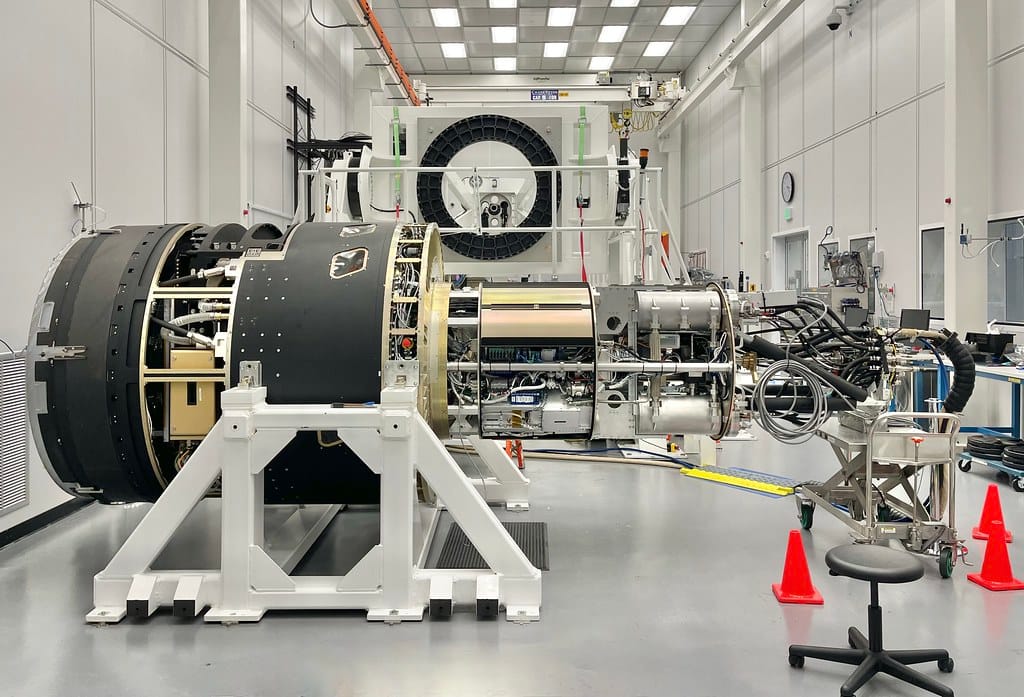The Rubin Observatory Will Generate More Data Than Netflix Streams Globally – Every Single Night
The Vera C. Rubin Observatory in Chile is about to revolutionize astronomy, but perhaps not in the way most people imagine. While scientists are excited about discovering new asteroids and mapping dark matter, the observatory's most staggering achievement might be its sheer data production capacity. Starting in 2025, this single telescope will generate approximately 20 terabytes of data every night – equivalent to streaming 4,000 hours of Netflix content daily.
A Data Deluge Unlike Anything Astronomy Has Seen
To put the Rubin Observatory's data output in perspective, consider this: in one night, it will collect more astronomical data than the entire Hubble Space Telescope has gathered in over three decades of operation. Over its planned 10-year survey, the observatory will accumulate roughly 60 petabytes of data – enough to fill 1.5 million typical laptops.
The source of this data torrent is the observatory's revolutionary approach to sky surveying. Unlike traditional telescopes that focus on specific celestial objects, Rubin will photograph the entire visible southern sky every three nights, creating what astronomers call the Legacy Survey of Space and Time (LSST).
Breaking Down the Numbers
The observatory's 3.2-gigapixel camera – the largest digital camera ever built for astronomy – captures images so detailed that each photograph contains roughly 6.4 billion pixels. To visualize this resolution, you would need 378 4K television screens arranged in a grid to display a single image at full resolution.
Key data specifications:
- Nightly data collection: 20 terabytes
- Images per night: Approximately 1,000
- Total survey duration: 10 years
- Final catalog: 37 billion celestial objects and phenomena
Each image requires about 6 gigabytes of storage space, and with the telescope capturing images continuously throughout each clear night, the data accumulates at breathtaking speed.
The Challenge of Processing Cosmic Big Data
Collecting the data is only half the challenge. The Rubin Observatory's data processing pipeline represents one of the most ambitious scientific computing projects ever undertaken. Raw images must be processed, calibrated, and analyzed within 24 hours to create daily alerts about changing objects in the sky – from exploding stars to potentially hazardous asteroids.
The data processing facility, located at the SLAC National Accelerator Laboratory in California, requires computing power equivalent to several thousand modern laptops working simultaneously. The processed data will then be made freely available to researchers worldwide through sophisticated databases and analysis tools.
What This Data Means for Science
The unprecedented volume of data will enable entirely new types of astronomical research. Scientists expect to discover millions of new asteroids, including thousands of potentially hazardous near-Earth objects. The survey will also create the most detailed map of dark matter ever produced and could help solve fundamental questions about dark energy and the expansion of the universe.
Dr. Željko Ivezić, the observatory's project scientist, estimates that the survey will increase the known population of celestial objects by a factor of 500, from roughly 20 million cataloged objects today to over 10 billion.
The Broader Impact on Scientific Data Management
The Rubin Observatory represents a new paradigm in scientific data collection, where the bottleneck shifts from gathering information to processing and analyzing it. This challenge extends beyond astronomy – similar data volumes are emerging in genomics, climate science, and particle physics.
The observatory's approach to handling massive datasets is already influencing other scientific projects. Its open-data philosophy and sophisticated analysis tools are becoming templates for future large-scale scientific surveys.
Conclusion: Preparing for the Data Revolution
The Rubin Observatory's data production capabilities mark a turning point in observational astronomy. While the 20 terabytes generated each night represent an almost incomprehensible volume of information, the real significance lies in what this data will reveal about our universe.
For the scientific community, the challenge now is developing the computational tools and analytical methods to extract meaningful discoveries from this cosmic data stream. For the public, it means unprecedented access to the universe's secrets, as the observatory's commitment to open data ensures that its discoveries will be freely available to educators, students, and citizen scientists worldwide.
The age of big data astronomy is about to begin, and it promises to transform our understanding of the cosmos one terabyte at a time.
